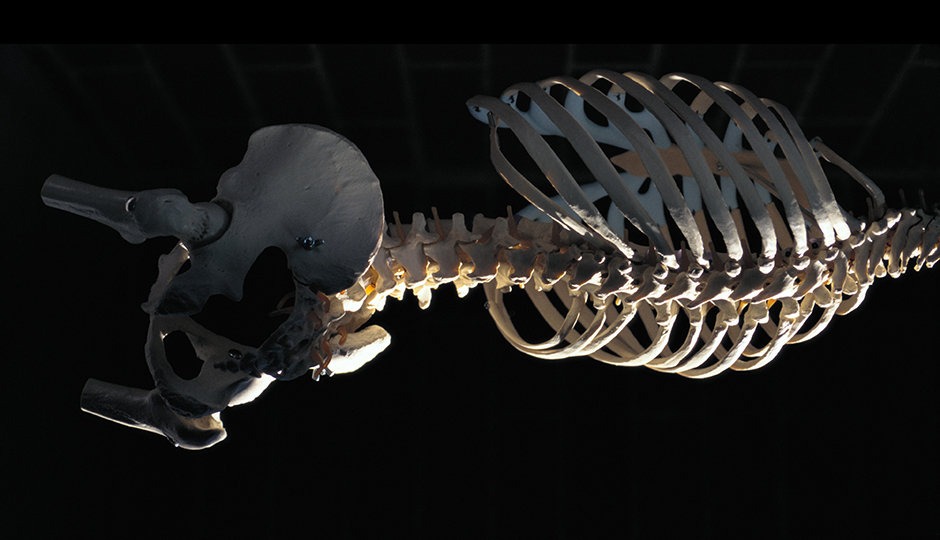Scoliosis is an abnormal curvature of the spine that generally appears in early adolescence. It may remain mild and require no treatment, or can be treated by wearing a brace. More severe cases require corrective surgery.
Until recently, it was very difficult to predict the evolution of scoliosis. Physicians looked at data such as age, gender and the severity of the spinal curvature to try to determine the risk of curve worsening. "They often found themselves compelled to treat patients who, in fact, didn't require treatment ", explains Stefan Parent, orthopaedic surgeon and Academic Research Chair in Spinal Deformities at CHU Sainte-Justine.
The ability to establish an accurate prognosis at an early age means that the decision to operate can be made more quickly.
Stefan Parent tackled this problem using an apparatus developed by EOS Imaging that produces a 3D model of the spine from simultaneous frontal and lateral X-rays. The researcher followed 192 patients, from their first hospital visit until they reached physical maturity. He developed a method for reconstructing a reliable model to help predict the progression of scoliosis and to plan appropriate treatment.
A study published in the New England Journal of Medicine in October 2013 revealed that, for half of the patients who wore a brace, bracing proved unnecessary because their scoliosis would not have progressed significantly. This means that, while bracing is effective for those patients who really need it, the prognosis itself is far from accurate. The difficulty of identifying the best candidates for bracing may be alleviated through the work of Stefan Parent.
Patients who require surgery will also benefit. The ability to establish an accurate prognosis at an early age means that the decision to operate can be made more quickly. Early surgery is associated with lower risk for the patient.
Stefan Parent's research team has patented the model reconstruction method and has signed a licensing agreement with EOS Imaging, which will have the right to use the transferred technology. This device developed in Montréal will assist physicians around the world in providing more accurate prognoses for their scoliosis patients.




